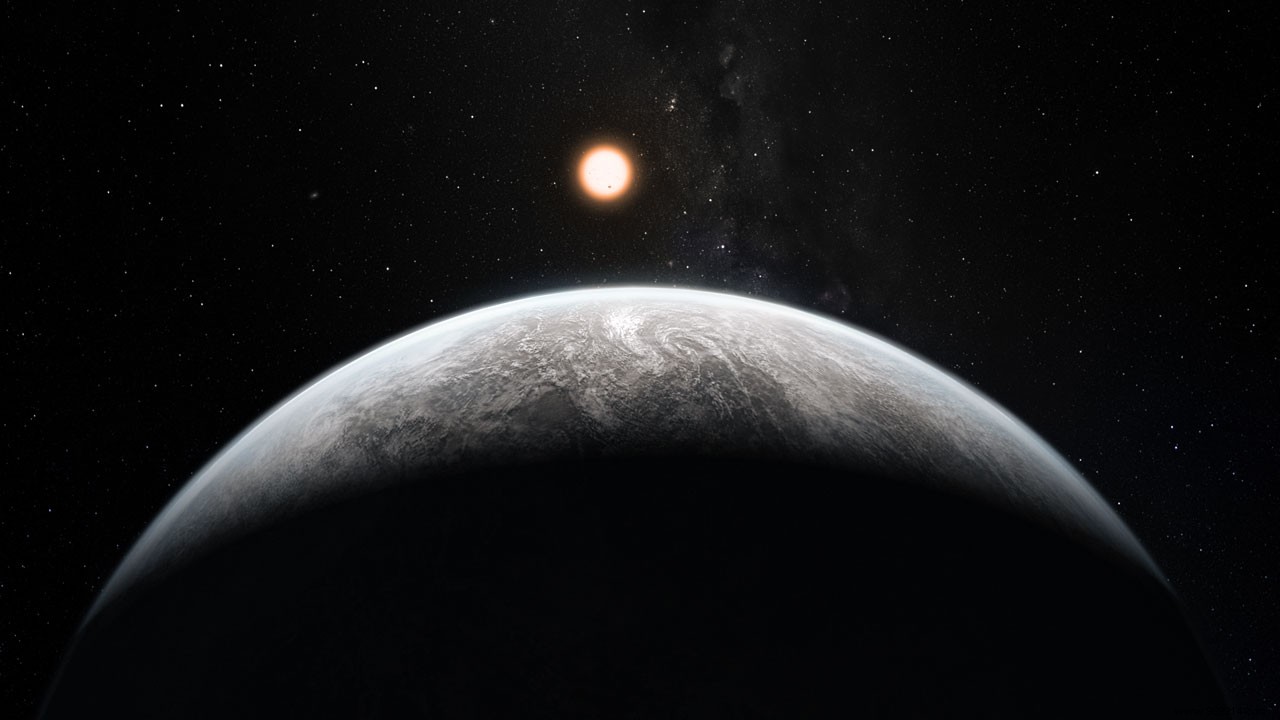There are many different systems in the galaxy. Some stars have many planets while others have very few or none at all. As a general rule, however, all these planets have one thing in common:they evolve in the flat plane of their star. However, there are exceptions. The HD 3167 system, found 150 light years away, is an example.
Measurements of star-planet pairing alignments are essential to improve our understanding of the formation and evolution of exoplanets, especially for planets that have migrated near their star. Disk-induced migration should retain the initial alignment between the angular moments of the protoplanetary disk and planetary orbits. However, it can happen that certain factors lead to misalignments between the rotations of a star and the orbits of its planets.
The determination of the orbital architecture of these multiplanetary systems then makes it possible to distinguish the different scenarios of formation and migration. In a new study published in Nature Astronomy, a team from the University of Geneva (Switzerland) details the discovery of one of these systems.
In 2016, astronomers had already stumbled upon two super-Earths (between the size of Earth and Neptune) orbiting the star HD 3167, about 150 years away -Earth light. We know today that the two evolve around their star every thirty days. A third planet was then discovered in 2017, completing one revolution of its star in just eight days.
Already at the time, this system seemed unusual. Indeed, astronomers had discovered that the two outer planets, dubbed HD 3167 c and d, did not evolve in the same flat plane around their star, but in polar orbits . In other words, they rotate above and below the poles of HD 3167 rather than around the equator as Earth and other planets in the Solar System do.
Falling on exoplanets moving in polar orbits is not entirely unusual, but in reality, this system is even stranger than expected. Recently, using the ESPRESSO instrument available on the Very Large Telescope (Chile), researchers have indeed measured for the first time the orbit of the innermost planet, HD 3167 b. According to calculations, it evolves in the flat plane of the star like the planets of our system, which means that it evolves perpendicular to HD 3167 c and d .
"It was clearly a surprise “, explains Vincent Bourrier, lead author of the study. "It's something radically different from our own solar system. If you had a telescope and looked at the trajectory of the other planets in the system, they would move vertically across the sky ".

According to the researchers, such misalignment could result from the presence of an invisible object within its outer limits of this system . According to Shweta Dalal of the University of Exeter in England, there is some evidence to suggest that the culprit is a Jupiter-sized world orbiting the star every eighty days. The gravitational effect of this planet could have pushed the two outer planets into their unusual orbits, while the innermost one remained locked to the star due to its narrow orbit.
Note that in our system, the smaller inner planets did not suffer the same fate due to their larger orbit. The planets are all confined within the orbit of Mercury. They are therefore close to each other, which must have amplified the effects of their interactions.